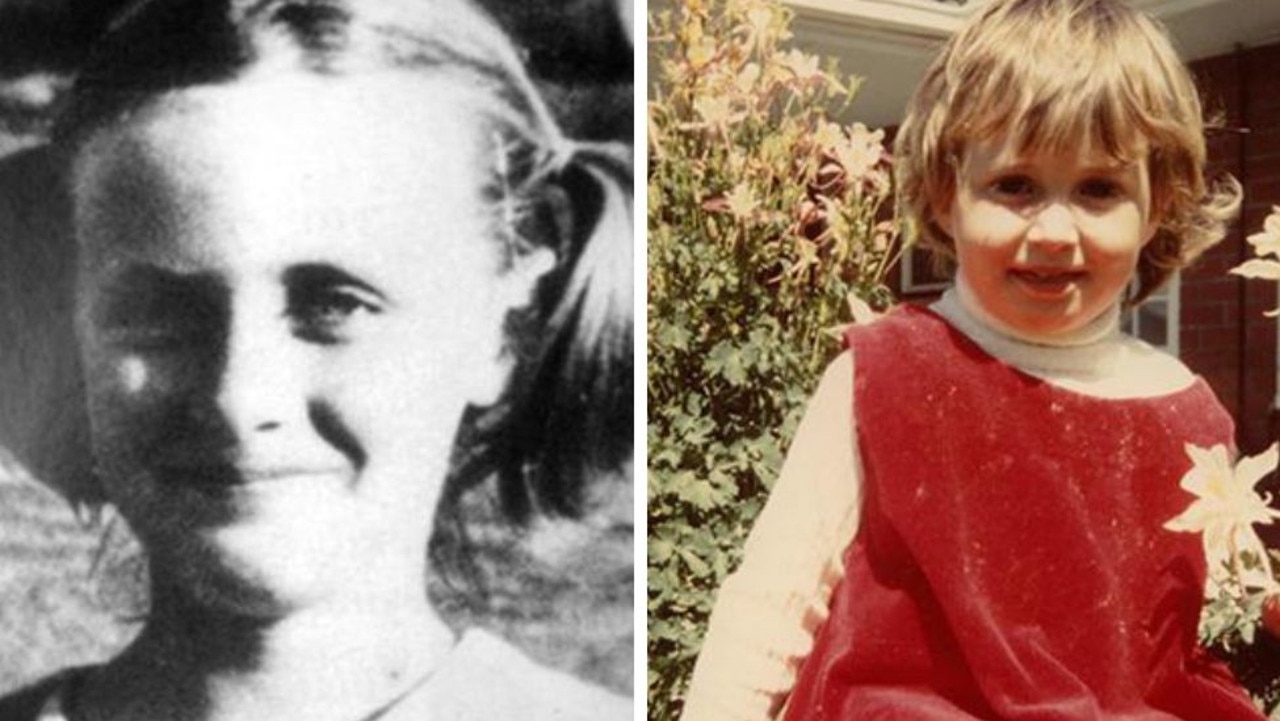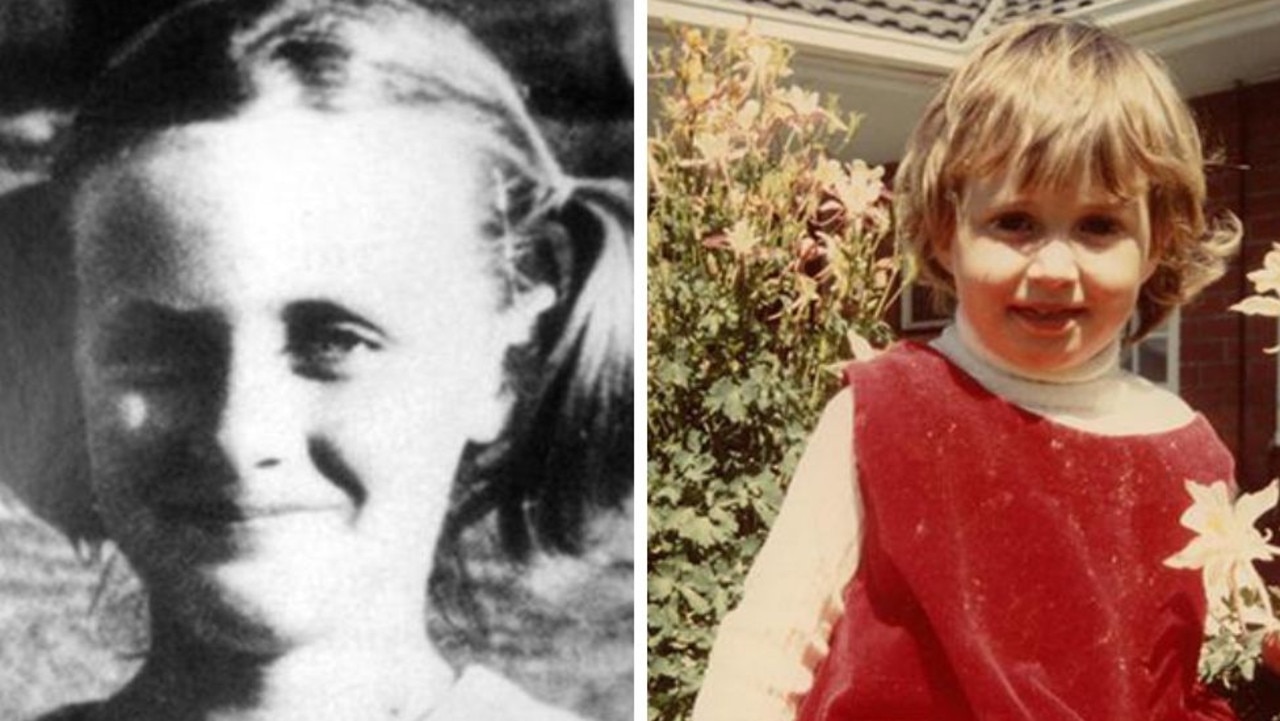Key suspect dies without being charged over the unsolved 1984 Margaret and Seana Tapp murders
A NEW development in the investigation of the unsolved 1984 murders of nurse Margaret Tapp and her nine-year-old daughter Seana has ended the chances of a key suspect ever facing charges over the crimes.
Cold Cases
Don't miss out on the headlines from Cold Cases. Followed categories will be added to My News.
A KEY suspect in the unsolved murders of nurse Margaret Tapp and her schoolgirl daughter Seana has died without being charged.
Homicide squad detectives never eliminated Kaye Bradtke-Stevenson from their list of several persons of interest in the 1984 case.
She discovered evidence which confirmed her doctor husband John Bradtke was having a long-running affair with Ms Tapp, including finding a sex tape featuring him and Ms Tapp.
COLD CASE SQUAD DETECTIVES CLOSING IN ON KILLER
DEATH OF HITMAN COULD LEAD TO MACKAY BODY BEING FOUND
VICTORIAN DETECTIVES SOLVE DECADES OLD COLD CASE
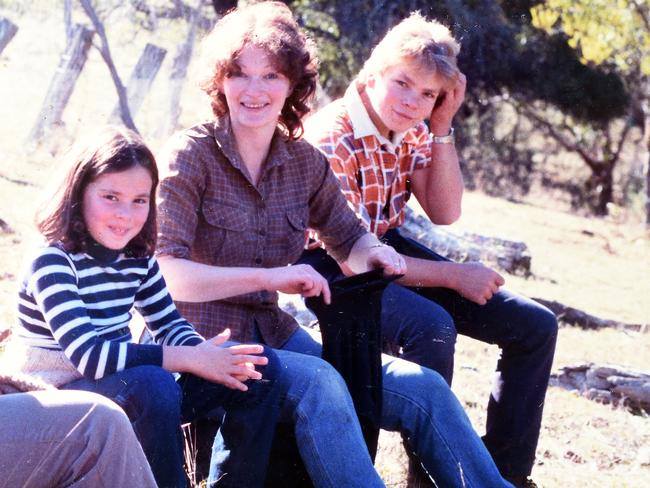
Ms Bradtke-Stevenson — who died recently aged 75 — remained a person of interest because of the police theory she might have arranged for a paedophile friend of hers to murder Ms Tapp, 35, and her daughter.
That paedophile friend is also still on the homicide squad list of persons of interest who may have murdered Ms Tapp and raped and murdered her nine-year-old daughter Seana — both victims were strangled.
Police secretly tapped the telephones of Ms Bradtke-Stevenson and her paedophile friend, but didn’t get enough evidence to charge either of them.
The police affidavit in support of the bugging application stated detectives had information that Ms Bradtke-Stevenson had threatened to kill Ms Tapp and that Ms Bradtke-Stevenson had attempted suicide in the hope of persuading her husband to stay with her.
The paedophile’s wife told police she believed her estranged husband was responsible for the Tapp murders.
She also told police Ms Bradtke-Stevenson had given her husband about $50,000 a few months before the double murder and that her husband and Ms Bradtke-Stevenson were very friendly and regularly prayed together in church.
The paedophile’s wife told police in a sworn statement that her husband had once mentioned the Tapp murders to her and said they had been killed because Ms Tapp “was evil” and had “an adulterous relationship with Dr John Bradtke” and “deserved to die” for the hell she put Ms Bradtke-Stevenson through.
Police have an affidavit sworn by Ms Bradtke-Stevenson on April 11, 1995, in which she described a loan of $52,000 made to her paedophile friend in early 1984.
Dr Bradtke’s parents wrote to Ms Tapp after their son’s death and said they believed Ms Bradtke-Stevenson was in a relationship with the paedophile.
Margaret and Seana Tapp were murdered in their Kelvin Drive home in Ferntree Gully in August 1984.
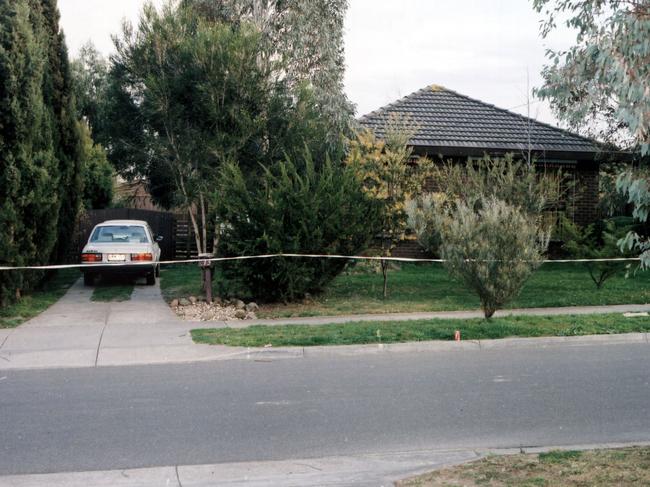
Police later discovered Dr Bradtke bought the Kelvin Drive home for Ms Tapp and it became their love nest during their affair, which ended with Dr Bradtke’s death in a 1983 car accident.
Dr Bradtke didn’t leave Ms Tapp anything in what Ms Bradtke-Stevenson claimed was her husband’s most recent will.
So Ms Tapp — much to Ms Bradtke-Stevenson’s disgust — contested the will in the Supreme Court, claiming she was Dr Bradtke’s defacto.
Ms Tapp eventually settled the dispute over the will out of court and got half the house and bought the second half from Dr Bradtke’s estate — but police were told she remained convinced Dr Bradtke had made a more recent will in which he had left her substantial assets.
A close relative of Dr Bradtke told police the Bradtke family believed Ms Tapp was murdered because of her insistence there was another will made by Dr Bradtke and her determination to find that will.
Dr Bradtke’s father wrote to Ms Tapp’s parents after the murders and told them Ms Tapp and Ms Bradtke-Stevenson had argued over ownership of the Ferntree Gully home Ms Tapp was living in and that Ms Tapp believed there was another will and wanted to search Ms Bradtke-Stevenson’s home to find it.
The letter said Ms Bradtke-Stevenson hated Ms Tapp.
Ms Tapp’s son Justin told police his mother believed Ms Bradtke-Stevenson had destroyed her husband’s latest will because it left his mother a substantial amount.
He also told police his mother was still gathering evidence at the time of her death to prove her defacto relationship with Dr Bradtke and that she intended further challenging the will.
Ms Bradtke-Stevenson admitted to police that her relationship with Ms Tapp was a stormy one after she discovered she was having an affair with her husband.
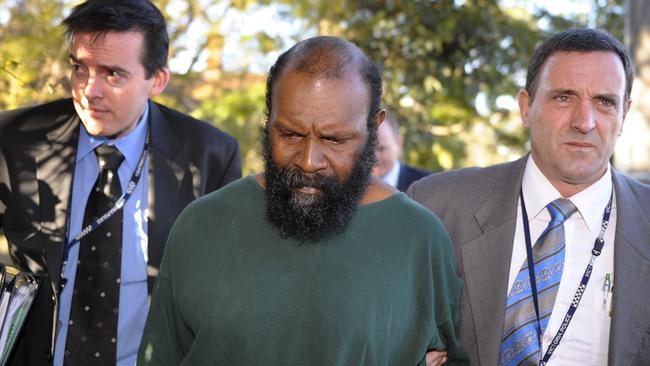
She claimed to police that Ms Tapp once angrily arrived at their Ferny Creek home in School Rd when she and her husband were inside and threw a rock through the front window before getting inside the house and throwing pottery items around the lounge. Her husband calmed Ms Tapp down and drive her home to Ferntree Gully.
When police interviewed Ms Tapp’s father Alan Nelson and asked him who might have a motive for murdering his daughter he nominated Ms Bradtke-Stevenson, who he described as “a strange woman”.
Ms Tapp’s counsellor told homicide squad detectives Ms Tapp had come to her for treatment a month before she was murdered and that she spoke about her affair with Dr Bradtke and the animosity between her and Ms Bradtke-Stevenson.
Ms Bradtke-Stevenson and her paedophile friend are just two of the people on the homicide squad’s list of persons of interest in the case.
Several of those suspects were eliminated by DNA, but went back on the persons of interest list after police discovered a DNA bungle.
An almighty forensic stuff-up resulted in Russell John Gesah being charged in August 2008 with the Tapp murders after he was wrongly linked by DNA to the crime.
It was discovered after he was charged that an unrelated exhibit containing Gesah’s DNA from a rape he committed was tested at the Victoria Police laboratory on the same day and in the same place as material from the Tapp crime scene, which led to Gesah’s DNA being mistakenly transferred to the Tapp exhibit.
Further tests after Gesah’s arrest revealed his DNA did not match DNA left at the Tapp crime scene, and the murder charges were dropped.
The family of the Tapps were initially full of praise for police when Gesah was charged.
Ms Tapp’s father, Alan Nelson, said the arrest might help give the family closure.
“I am very pleased. We have waited 24 years for this day,” he told the Herald Sun in 2008.
Ms Tapp’s sister, Joan Patterson, said it had been tough living for more than two decades without knowing what had happened.
“But we lived in hope that it would be resolved, and it is a great relief that an arrest has been made,” she said.
The 2008 Tapp DNA disaster was followed in December 2009 with the freeing of the then 22-year-old Farah Jama after another DNA bungle involving a contaminated sample led to him being wrongly jailed for 16 months for a rape he didn’t commit.
The Gesah and Jama bungles were a wake-up call to Victoria Police, which commendably responded by introducing changes to lessen the likelihood of more mistakes.
Probably the most important change is that the errors in the Tapp murders and the Jama case resulted in the Victoria Police manual being rewritten to ensure that only in very exceptional circumstances would a suspect be prosecuted on DNA evidence alone, as Jama was and Gesah would have been.
Until the DNA bungle in the Tapp case was discovered, advances in DNA technology looked like being the one thing that would solve the mother and daughter murders.
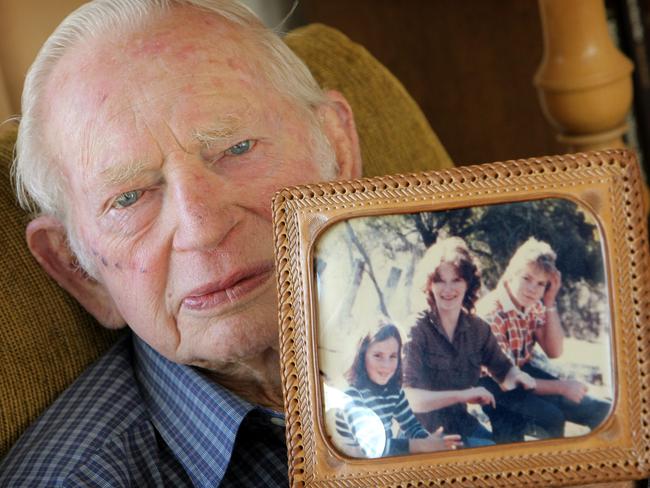
The homicide squad took a fresh look at the Tapp murders in 1999 after a Herald Sun article prompted a woman to name a man she knew as the likely murderer.
Ms Tapp, who worked for years as a nurse, had been having an affair with the married man.
It was a strong lead and prompted a new probe into the Tapp murders.
DNA technology was not available in 1984.
Detectives retrieved exhibits from the unsolved murders during the 1999 investigation to see if DNA could be extracted from any of them.
Scientists were not able to get a good enough quality DNA sample then.
It wasn’t until 2005, as DNA technology improved, police were able to use the weak sample, obtained from semen stains left on Seana’s nightie and panties, for elimination purposes.
That sample still wasn’t of good enough quality to be used as evidence to convict anybody or to run through the DNA database in the hope of getting a random match.
But it did clear the married man nominated in 1999 as the killer.
Also among the suspects cleared by DNA was carpenter James Rollins, who found the Tapp bodies.
Mr Rollins had arranged to take Ms Tapp to the opera on the night of August 8, 1984.
He turned up at the Tapp home shortly after 6pm for his date, and was surprised to find the blinds drawn and that he got no answer when he knocked on the door.
He got in through an unlocked sliding door and began looking for Ms Tapp, eventually going into her bedroom.
“I saw the Doona on the bed was raised and crumpled, and I thought Margaret was asleep in bed,” Mr Rollins said in his statement to police.
“I … could see her face from the mouth up. I put my hand on the Doona and said, ‘Marg’.
“At this stage I could see her complexion was quite pallid and I thought she was sick.
“With my left hand I reached over and pulled the doona away a few inches.
“Her hands were crossed with her right over her left and resting on top of her chest, just covering the lower part of her neck.
“I don’t think I saw blood, but it was blood-coloured.
“I thought Marg was dead. I then rang police.”
After ringing police, Mr Rollins went into Seana’s bedroom and made the gruesome discovery that she was also dead.
An autopsy later revealed Ms Tapp was bashed and strangled and Seana was sexually assaulted and strangled.
Fibres found on their necks suggested the killer used a rope to cut off their air supply and asphyxiate them.
Evidence suggested they were killed either late on the night of August 7, after going to bed, or during the very early hours of August 8.
Mr Rollins was an immediate suspect, partly because police know it is often the person who reports the murder who turns out to be the killer.
As police checked out Ms Tapp’s background, Mr Rollins was soon joined on the suspect list by others.
The problem for police who investigated the Tapp killings in 1984 wasn’t a lack of suspects, but too many of them.
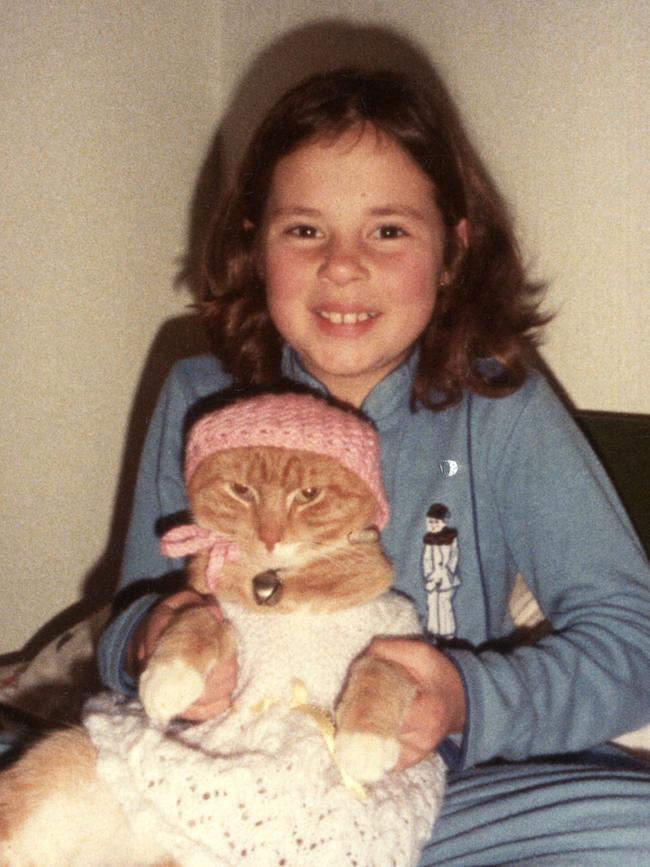
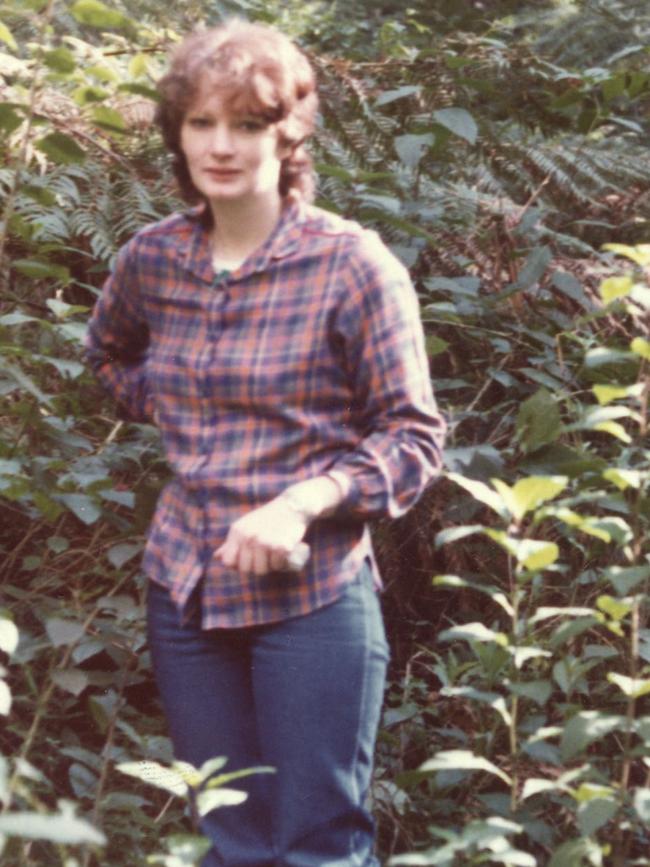
Ms Tapp had been divorced since 1979 and made a wide circle of friends as a nurse at several hospitals and widened that circle when she became a full-time law student at Monash University in 1981.
Several people named members of a notorious family living near the Tapp home as possible murderers.
One of them was a teenager whom Ms Tapp regularly allowed to cut her lawn, despite neighbours warning her of sexually suggestive remarks he’d made to other women.
A former police officer and long-time Tapp family friend became a suspect when detectives discovered he spent the night at Ms Tapp’s house shortly before the murders.
Police were told she complained to friends later he had “come on strong” and tried to get her to sleep with him.
Interest in him heightened when a search of his car found a whip and a length of rope — evidence suggested some sort of rope might have been used to strangle Ms Tapp and her daughter.
Another friend told police Ms Tapp had been taking driving lessons, and the instructor had taken a fancy to her and started giving free lessons so he could keep seeing her.
He became a suspect after police interviewed him in front of his wife.
While he admitted having often picked up and dropped off Ms Tapp at her home, he assured police he had never been inside her house.
What he didn’t know was police had found his fingerprints inside the Tapp home.
Homicide Cold Case Squad detectives welcome any new information in relation to the 1984 murders of Margaret and Seana Tapp.
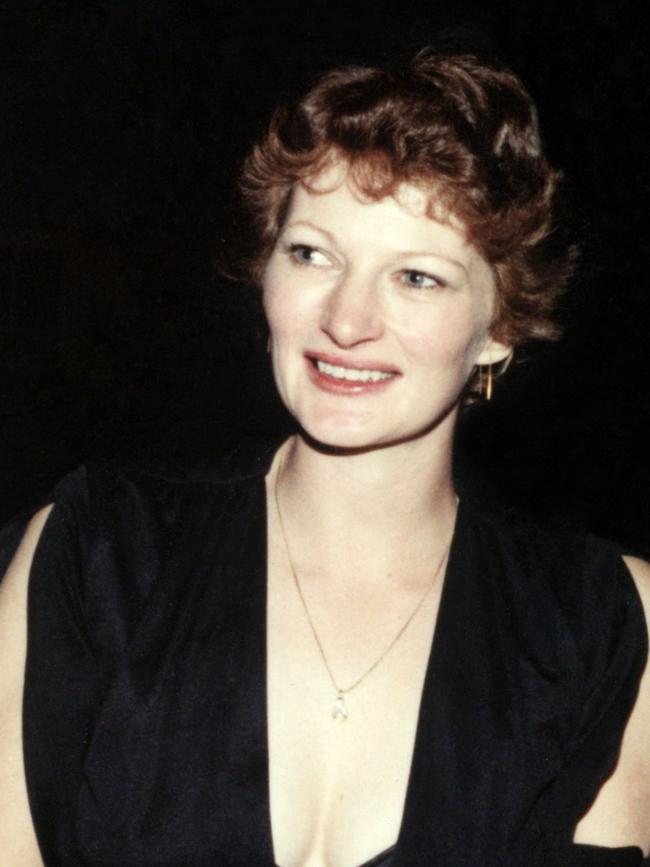
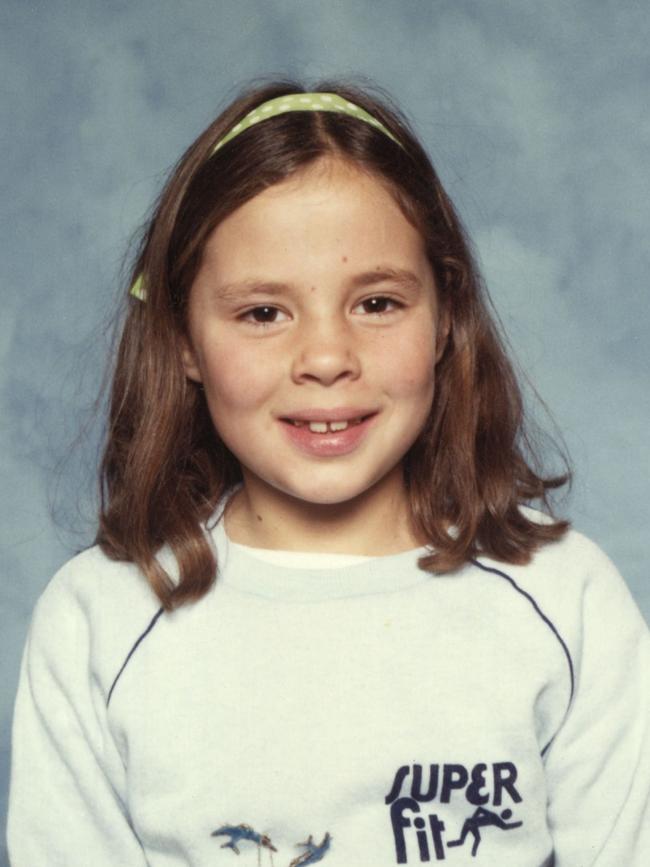
SUBSCRIBE TO THE LIFE AND CRIMES PODCAST ON ITUNES
Cold case investigations are never closed and any new information received will be thoroughly investigated.
Anyone with information is urged to contact Crime Stoppers on 1800 333 000 or submit a confidential crime report at www.crimestoppersvic.com.au
IN a 2013 complaint to the Press Council, Ms Bradtke-Stevenson said the Herald Sun hadn’t contacted her for comment prior to publishing an article in 2013 about the Tapp murders.
Ms Bradtke-Stevenson wasn’t named in the article and the Press Council allowed her complaint to remain anonymous.
In its adjudication it found that by not contacting Ms Bradtke-Stevenson for comment the Herald Sun had failed to take reasonable steps to ensure accuracy and fairness.
The Herald Sun argued contacting a murder suspect for comment could jeopardise what at the time was an active homicide squad investigation so had decided not to do so.
Ms Bradtke-Stevenson was a person of interest in the murder at the time of the article and the homicide squad was having a fresh look at the case.
The Herald Sun stood by the accuracy of its report and told the Press Council it was confident the police file on the Tapp murders would confirm its accuracy.
A homicide squad detective told the Press Council there was an affidavit in the Tapp murder file which listed much of what was reported by the Herald Sun.
He also confirmed to the Press Council that Ms Bradtke-Stevenson and the friend described by the Herald Sun as a paedophile were both still persons of interest in the case.

